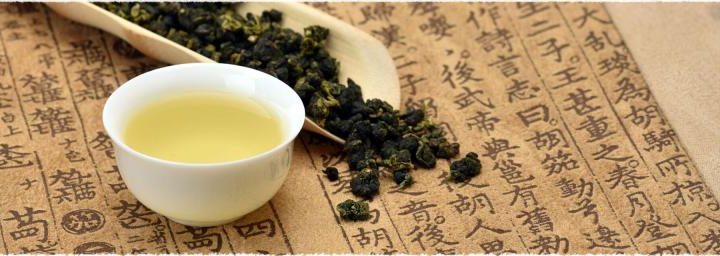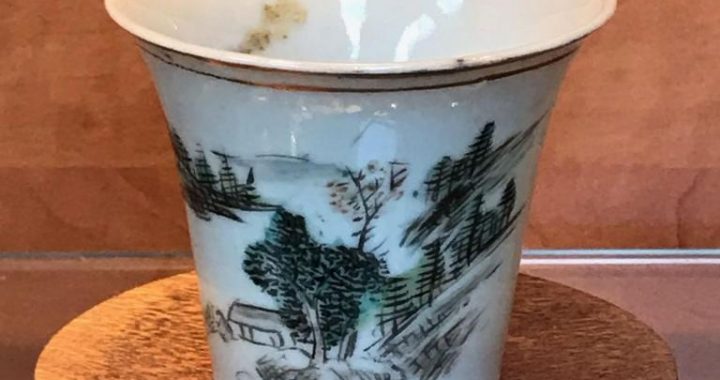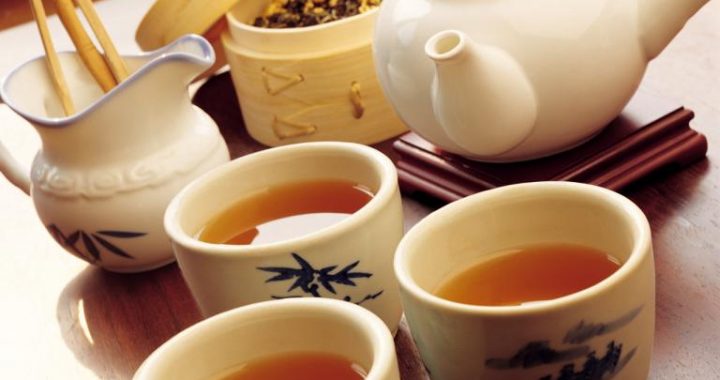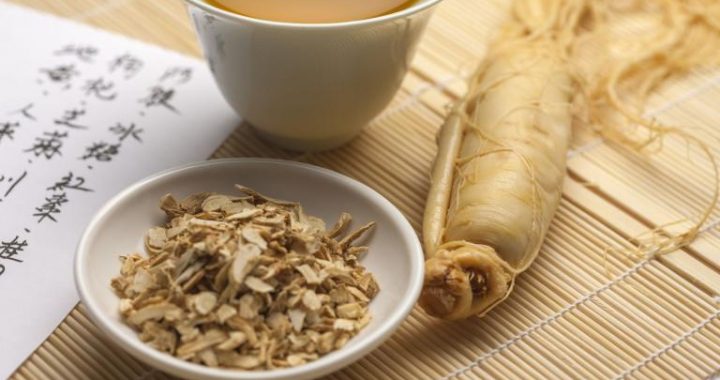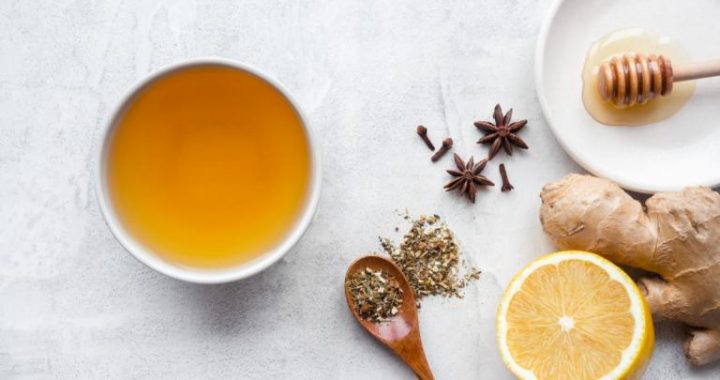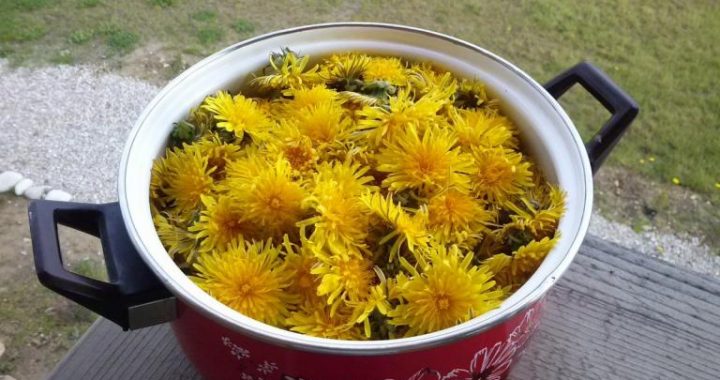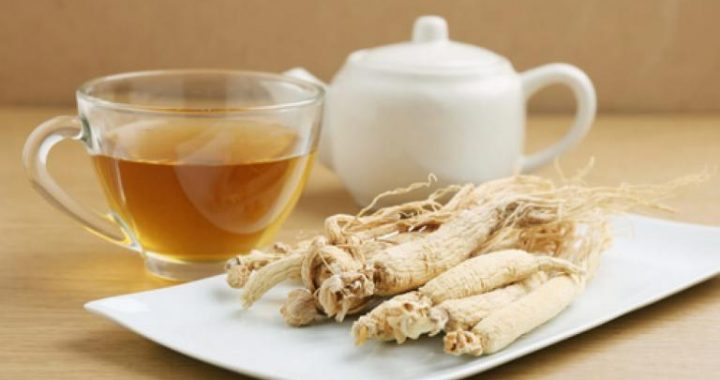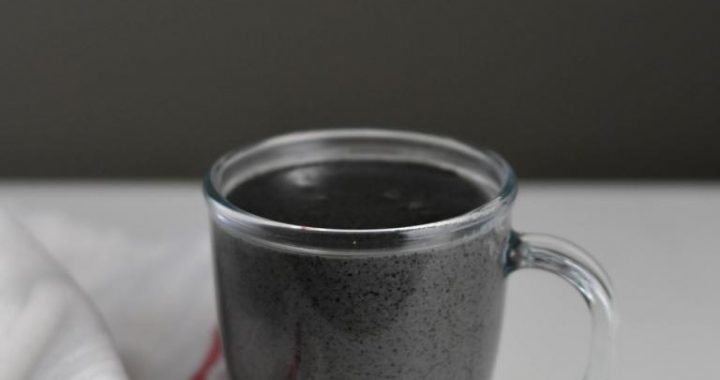The Change and Innovation of Tea Art in the Ming Dynasty
4 min readIn the early Ming dynasty (1368~1644), there was no great change in the way of tea drinking, except that it abolished cake tea and promoted loose tea. However, in the late Ming dynasty, there were more great changes and innovations in the tea development than the Song dynasty and the Yuan dynasty(1206~1368), such as the new tea varieties, the prevalence of loose tea, the attention to the tea utensils and the artistry of the ways of tea drinking etc.
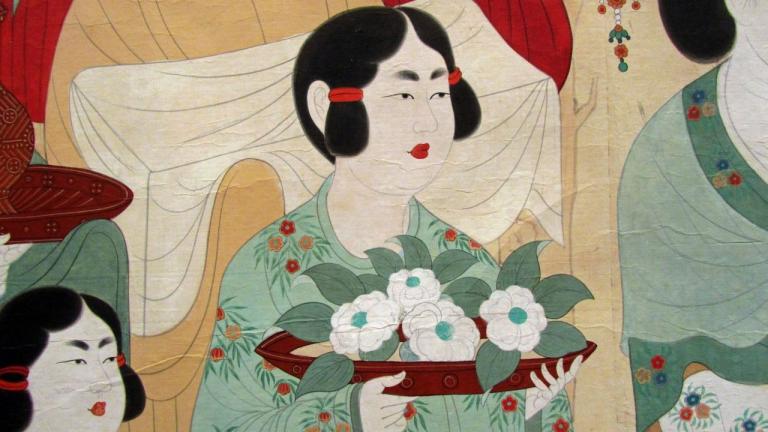
The New Development of Tea Varieties
The founding emperor of the Ming dynasty-Emperor Taizu Zhu Yuanzhang was born in the lower class, and he knew the harmful politics of the Yuan dynasty and the sufferings of the people deeply. He thought that cake tea imposed extra toil on the tea planters, so he issued an edict to abolish cake tea and replaced it with bud teainstead, which promoted the creation of many new production and processing skills of tea in the Ming dynasty. In terms of tea processing skills, the roasting skills kept developing and gradually exceeded the way of steaming; in the aspects such as tea garden management, tea collection and mastering the botanical characteristics of tea plants, there all were more improvement and development than that in the Song dynasty and the Yuan dynasty.
Because of the improvement of tea processing skills, famous tea in the Ming dynasty also developed very rapidly, and the loose tea developed into an unprecedented prosperity. There were only a few famous loose teas in the Song dynasty, such as Rizhu, Shuangjing and Guzhu etc, which were mentioned in the historical literatures; however, in the Ming dynasty, the book Shiwu-ganzhu written by Huang Yizheng recorded as many as 97 kinds of famous tea then, and most of them were loose tea. What’s more, according to the investigations of the existing literatures, we could generally be sure that today’s green tea and black tea must have first appeared in the Ming dynasty.
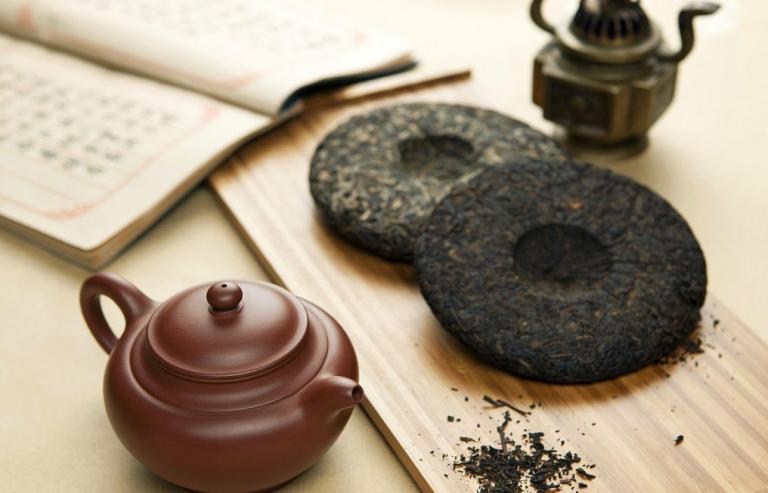
Loose Tea Promoted the Simplification of Tea Drinking
Because of the advocacy of Emperor Taizu of the Ming dynasty, Zhu Yuanzhang, drinking loose tea became the predominant way of tea drinking in the Ming society. The Zhangwu-zhi (Treatise on Superfluous Things) written by Wen Zhenheng then held the opinion that drinking loose tea was very simple and convenient, which could enable people to experience the true sense of tea drinking. Besides, according to many other historical records, the Ming people created the method of “lun-cha”(sinking tea) in the course of loose tea brewing, and from which there was derived the method of “xi-cha”(washing tea),i.e. before the tea was brewed, people would wash the tea with hot water to get rid of the dirt and the cold that the dried teacarried, and then brew the tea. The tea brewed in this way was more delicious and it is still used by the modern people.
The advocacy of loose tea made the method of pouring water on loose tea directly the most important way of tea drinking, thus the tea utensils of the Tang and Song styles were no longer suitable and mostly fell into disuse. In this way, the procedures of brewing and drinking tea and the tea utensils were simplified to a large extent. According to the research, the procedures of tea drinking in the Tang and Song dynasties were over-elaborate, especially the cake tea prevalent in the Song dynasty, whose brewing required many procedures and tea utensils. However, since the abolishment of cake tea in the early Ming dynasty, the Ming people began to turn the extravagant tea drinking trend of the Tang and Song dynasties to the original simple and thrifty way of tea drinking.
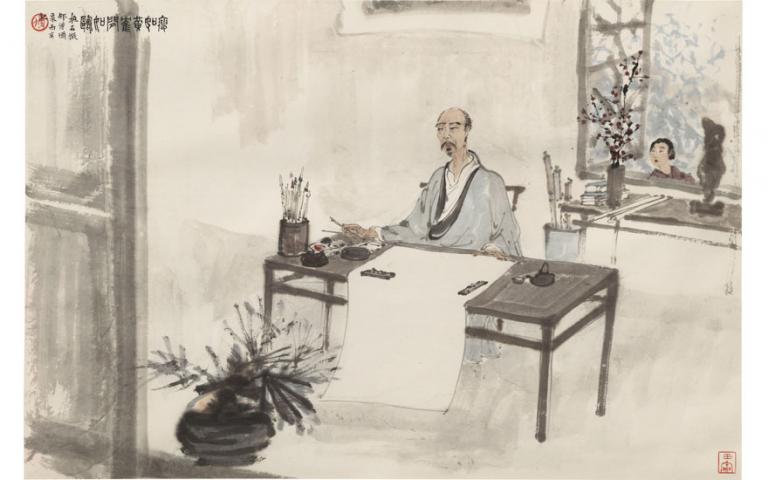
Pursuing the Beauty of Tea Utensils
The men of letters in the Ming dynasty began to pursue artistry consciously in the way of tea drinking and the natural and environmental beauty in the process of tea drinking. Especially in the late Ming dynasty, tea has become the plaything of men of letters and scholar-officials. Most of them pursued the beauty of tea utensils and the gracefulness of the environment to get spiritual satisfaction in the course of tea drinking.
In the Ming dynasty, the rising of the method of “lun-cha”made teapot more widely used, and the teacups also turned from black-glazed porcelain to white porcelain and blue-and-white porcelain, so as to better present the color of tea. The reason that Yixing purple sand tea utensils rose in the Ming dynasty was not only the prevalence of the method of “lun-cha”, but also that their forms and materials were well catered to the spiritual needs of simplicity, civility, rusticity, naturalness and elegance then. With the appearance of many famous teapot makers and the promotion of the men of letters, the craftsmanship of purple sand teautensils were improved greatly, and there even appeared the situation that the price of mud could even compete with that of gold.
The Ming people pursued earthen and small teapots; besides the standard of so called”not distract the fragrance of tea and has no ripe taste”, the teapots must satisfy the tea drinkers’ pursuit of “fun”. People not only advocated naturalness and simplicity in tea art but also emphasized aesthetic value. While the purple sand teapots just catered for this kind of esthetic mentality and thus prevailed. From the developing process of tea, we could find that since the Tang and Song dynasties the choice of tea utensils all depended on tea; it was not until the Ming dynasty that tea and tea utensils broke away from the outer material relation and turned to spiritual interrelation, thus small teapots were able to be accepted and prevail.
